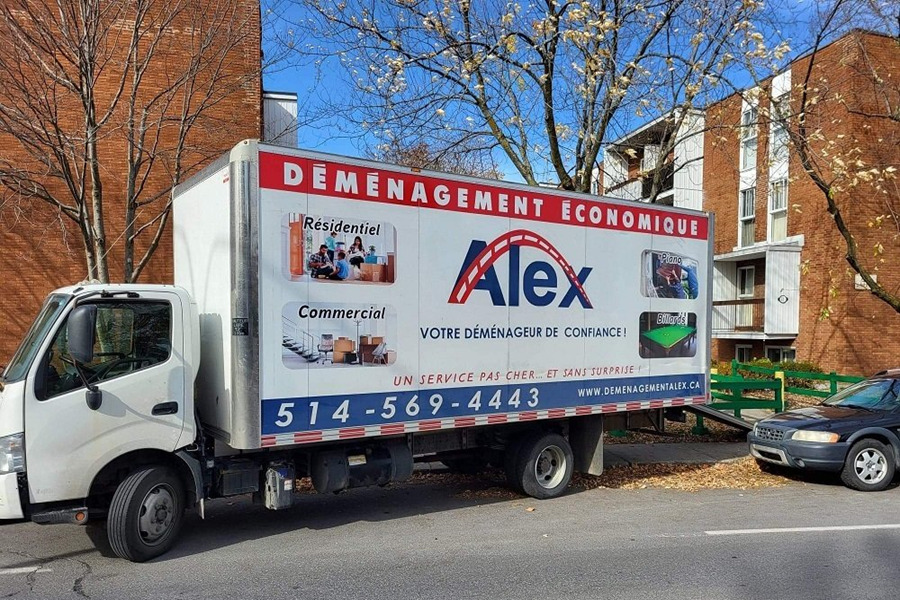Scented candles have become a staple in many households, offering warmth, ambience, and an array of captivating aromas. But have you ever wondered how these delightful creations come to life? The journey of scented candle factories from raw materials to a finished product is a fascinating blend of science, craftsmanship, and creativity. In this blog, we will explore the art of crafting scents at a candle factory, taking you through the intricate process of transforming wax into beautifully scented candles.
The Basics: Understanding the Ingredients
Before diving into the production process, it’s essential to understand the primary ingredients that make up a scented candle: wax, fragrance, wicks, and colorants.
1. Wax: The foundation of any candle, wax, is the main fuel that burns to produce light and heat. Different types of waxes, such as paraffin, soy, beeswax, and coconut, are used in candle making. Each type of wax has unique properties that affect the candle’s burn time, scent throw, and texture.
2. Fragrance: The essence of a scented candle lies in its fragrance. Fragrance oils, either synthetic or natural, are carefully selected and blended to create unique scents. The fragrance must be compatible with the type of wax used to ensure a consistent and pleasant aroma.
3. Wicks: The wick is the candle’s core, responsible for drawing up the melted wax and allowing it to burn. Wicks come in various materials and sizes, and the choice of wick affects the candle’s burn rate and flame stability.
4. Colorants: While optional, colorants add aesthetic appeal to candles. They can be in the form of liquid dyes, dye chips, or pigments and are carefully chosen to complement the fragrance and overall design of the candle.
The Art of Fragrance Creation
One of the most captivating aspects of crafting scented candles is the creation of unique fragrances. This process involves a blend of artistry and science, requiring a deep understanding of olfactory notes and how they interact.
1. Concept and Inspiration: The creation of a fragrance often begins with a concept or inspiration. This could be a season, a specific mood, a memory, or a particular place. For example, a winter-themed candle might feature scents like pine, cinnamon, and vanilla, evoking the warmth and coziness of the holiday season.
2. Fragrance Blending: Perfumers, also known as “noses,” work to blend different fragrance oils to achieve the desired scent profile. A fragrance typically consists of three layers: top notes, middle (heart) notes, and base notes. Top notes are the initial scents perceived when the candle is lit, while middle notes form the core of the fragrance, and base notes provide depth and longevity.
3. Testing and Refinement: Once a fragrance blend is created, it undergoes testing to ensure it performs well in the chosen wax. This includes evaluating the scent throw (how well the fragrance disperses in a room) and ensuring the scent remains consistent throughout the candle’s burn time. Adjustments may be made to the blend to perfect the fragrance.
The Candle-Making Process
With the fragrance finalized, the next step is the actual candle-making process. This involves several stages, each requiring precision and care to ensure a high-quality product.
1. Melting the Wax: The chosen wax is melted in large vats, carefully monitoring the temperature to prevent overheating. The melting point varies depending on the type of wax used. For example, soy wax has a lower melting point compared to paraffin wax.
2. Adding Fragrance and Color: Once the wax is fully melted, the fragrance oils and colorants are added. The temperature at which these ingredients are added is crucial, as it can affect the distribution of the scent and color in the wax. The mixture is stirred thoroughly to ensure an even distribution.
3. Pouring the Wax: The scented and colored wax is then poured into molds or containers. This step requires precision to prevent air bubbles and ensure a smooth surface. The molds can vary in shape and size, depending on the desired final product.
4. Inserting the Wick: The wick is placed in the center of the candle. It can be anchored in place using wick stickers or wick holders to ensure it stays upright as the wax cools. The wick’s position is crucial for an even burn and preventing tunneling (when the candle burns down the center, leaving wax around the edges).
5. Cooling and Setting: After pouring, the candles are left to cool and set. This process can take several hours, depending on the size and type of candle. Proper cooling is essential to prevent issues such as cracking or uneven surfaces.
6. Curing: Some candles require a curing period, during which the fragrance fully binds with the wax. This period can range from a few days to a few weeks, depending on the candle type. Curing helps enhance the scent throw and overall performance of the candle.
Quality Control and Finishing Touches
Quality control is a critical aspect of the candle-making process. Each candle is inspected to ensure it meets the company’s standards for scent, appearance, and performance.
1. Visual Inspection: scented candle factories are checked for any imperfections, such as air bubbles, cracks, or uneven surfaces. The color and finish are also evaluated to ensure consistency.
2. Burn Testing: Random samples from each batch undergo burn testing to check the wick’s performance, the evenness of the burn, and the scent throw. This ensures that each candle provides a pleasant and consistent experience for the consumer.
3. Labeling and Packaging: Once the candles pass quality control, they are labeled and packaged. The labels provide essential information such as the fragrance name, burn time, and safety instructions. Packaging is designed not only to protect the candles during transport but also to appeal to customers.
The Importance of Sustainability
As consumers become more conscious of environmental impact, the candle industry has seen a shift towards sustainable practices. Many factories are adopting eco-friendly methods and materials to minimize their carbon footprint.
1. Sustainable Waxes: Many candle manufacturers are moving towards using sustainable waxes such as soy, coconut, and beeswax. These waxes are renewable and biodegradable, offering a more eco-friendly alternative to paraffin wax, which is derived from petroleum.
2. Recyclable and Biodegradable Packaging: Efforts are being made to use recyclable or biodegradable materials for packaging. This includes using glass containers that can be reused or recycled and opting for biodegradable packing materials.
3. Ethical Sourcing of Ingredients: There is a growing emphasis on sourcing ingredients ethically. This includes using natural and non-toxic fragrance oils and ensuring that any natural waxes are harvested sustainably.
The Final Product: A Labor of Love
The end product, a beautifully scented candle, is the culmination of a complex and carefully orchestrated process. From the initial concept and fragrance creation to the meticulous crafting and quality control, each step is a testament to the artistry and craftsmanship involved in candle making.
Scented candles offer more than just a pleasant aroma; they provide a sensory experience that can evoke memories, create a calming atmosphere, and enhance the ambiance of any space. Whether you’re enjoying a quiet evening at home, setting the mood for a special occasion, or simply unwinding after a long day, a well-crafted scented candle can make all the difference.
As you light your next candle, take a moment to appreciate the intricate process that brought it to life. The artistry of fragrance creation, the precision of the production process, and the commitment to quality all come together to create a product that brings warmth, light, and a touch of magic into our lives.















